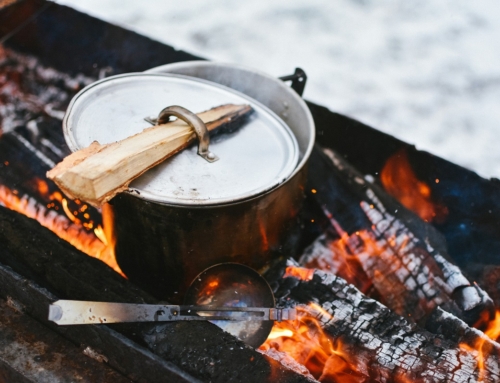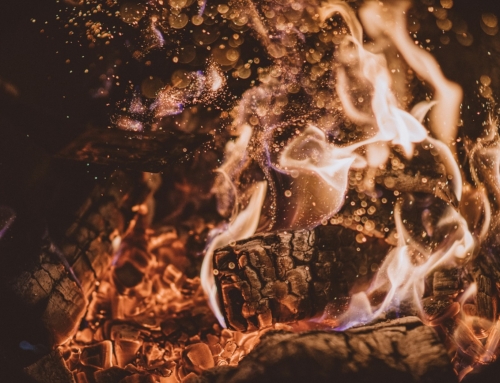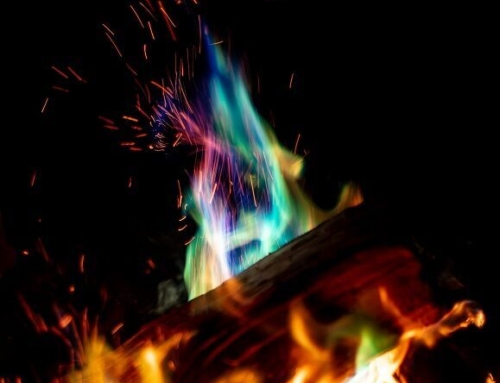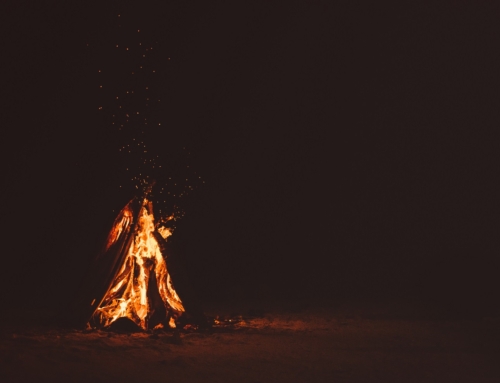It’s that time of year when people go on well deserved breaks from their daily life. One of our favourite choices at Nene Valley Firewood is a camping trip. Not only does camping tend to keep costs to a minimum, but it is great to immerse in nature and escape the every day rush. Camping can be great fun for the family and can serve as a wholesome reset for everyone. One thing that we believe completes the camping experience is a warming campfire. It provides a focal point where people can gather to share stories, toast marshmallows and enjoy the starry nights. However, it is important to be mindful of safety when building your campfire as well as being respectful to the delicate environment. Below are a few points which you should consider that emphasizes the importance of responsible campfire practices, fire safety guidelines, Leave No Trace principles, and local regulations:
-
Before Lighting a Campfire:
- Research any fire restrictions or bans in the area you plan to camp. Local land management agencies, parks, or campgrounds will provide information on current regulations.
- Whenever possible, use established fire rings or pits provided by the campground or authorities. These designated areas are designed to contain fires and minimize environmental impact.
-
Fire Safety
- Ensure your campfire site is at least 10 feet away from tents, trees, shrubs, and other flammable materials. Clear any debris or dry vegetation from the immediate area.
- Keep your campfire small and manageable. Avoid building large bonfires that can quickly get out of control.
- Never leave a campfire unattended, even for a short period. Make sure that a responsible adult is available to monitor the fire at all times.
- Have a water source (bucket, water jug, or hose) and a shovel nearby to extinguish the fire if necessary.
- Avoid using flammable liquids, such as gasoline or lighter fluid, to start or enhance the fire. This can lead to uncontrolled flames and accidents.
-
Leave No Trace Principles:
- Choose lightweight and quick-burning materials for your campfire. Collect only small sticks and dead wood found on the ground, rather than breaking branches or cutting live trees.
- Before leaving your campsite, ensure that the fire is fully extinguished, and the area is clean. Scatter cool ashes and debris, restoring the site to its natural state.
-
Local Regulations and Firewood Usage:
- Research local regulations regarding firewood collection and usage. Some areas prohibit collecting firewood from the surrounding environment to protect natural resources.
- To prevent the spread of pests, diseases, and invasive species, purchase firewood from local sources near your camping destination. This helps protect the local ecosystem.
-
Extinguishing a Campfire:
- Start extinguishing the fire at least 30 minutes before you plan to leave the site.
- Pour water on the fire, ensuring that all embers, coals, and wood are fully saturated. Stir the ashes and embers with a shovel to ensure complete extinguishment.
- After stirring, pour more water and repeat the process until you can place your hand over the fire pit and feel no residual heat.
- Confirm that all remnants, including charred wood and ashes, are cool to the touch before leaving the site.
- Once cooled, disperse the ashes in a designated fireproof container or scatter them over a large area away from campgrounds, vegetation, or structures.
Responsible campfire practice helps protect the environment, prevent wildfires, and ensure that future visitors can enjoy the beauty of the outdoors. Always prioritize safety, follow local regulations, and practice Leave No Trace principles when building and extinguishing campfires.
Campfire Firewood
If you are looking for quality firewood for your campfire we have a great option for you. Our nets of logs have been packed full of kiln-dried firewood making them easy to pack in the car. These logs will maximise heat output and reduce smokiness ensuring your marshmallows are toasted to perfection and you won’t upset the neighbours with horrid smoke!










